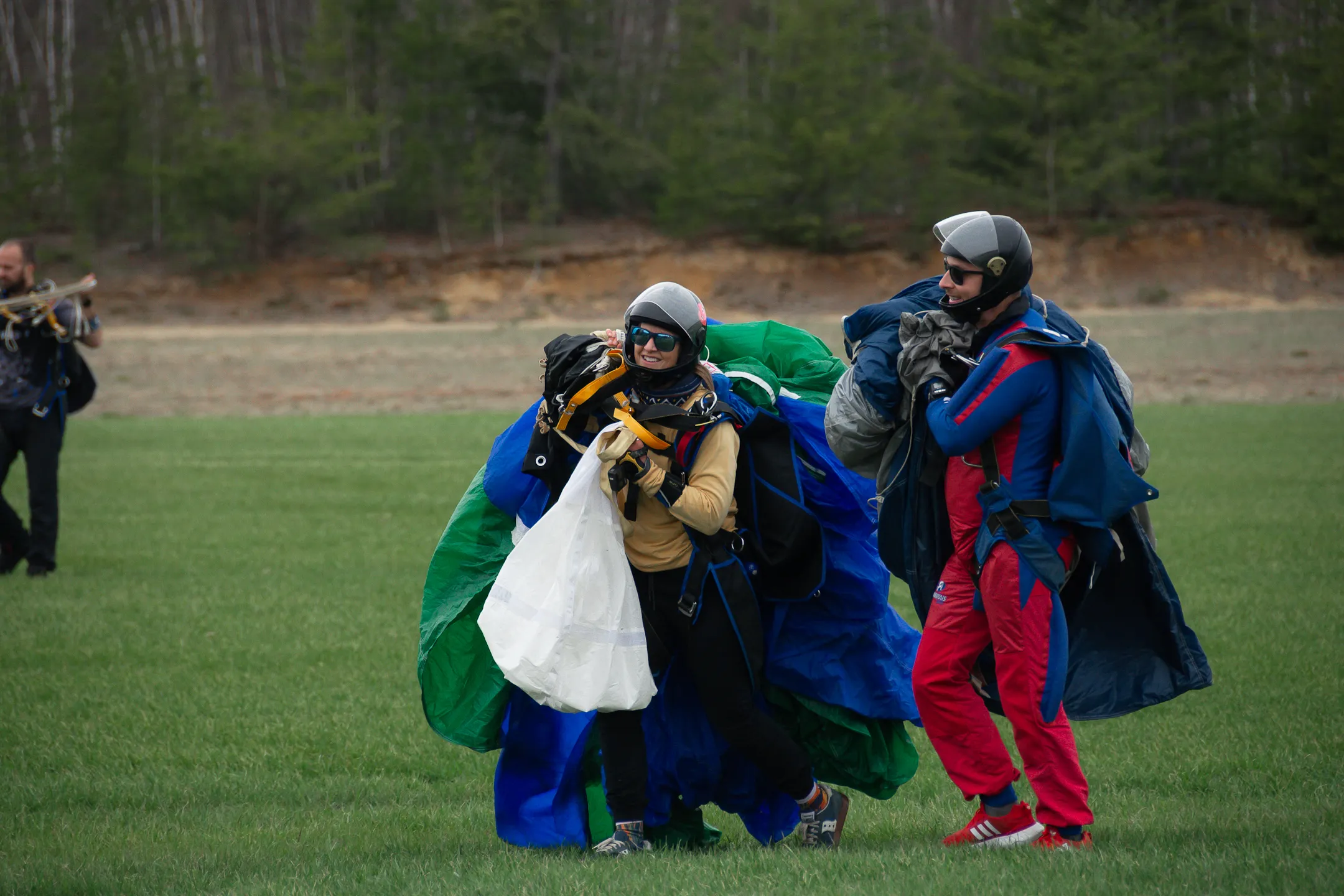
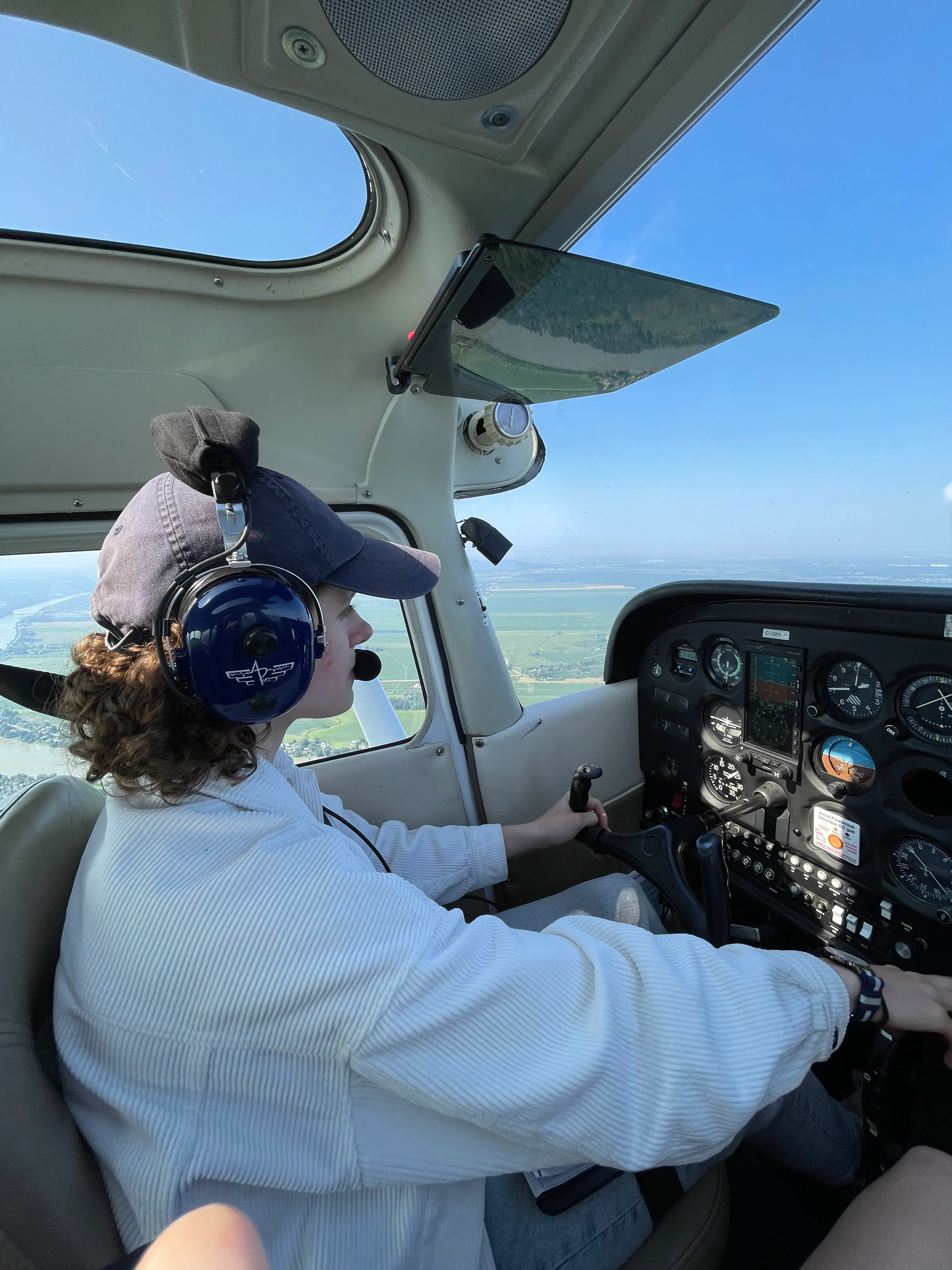
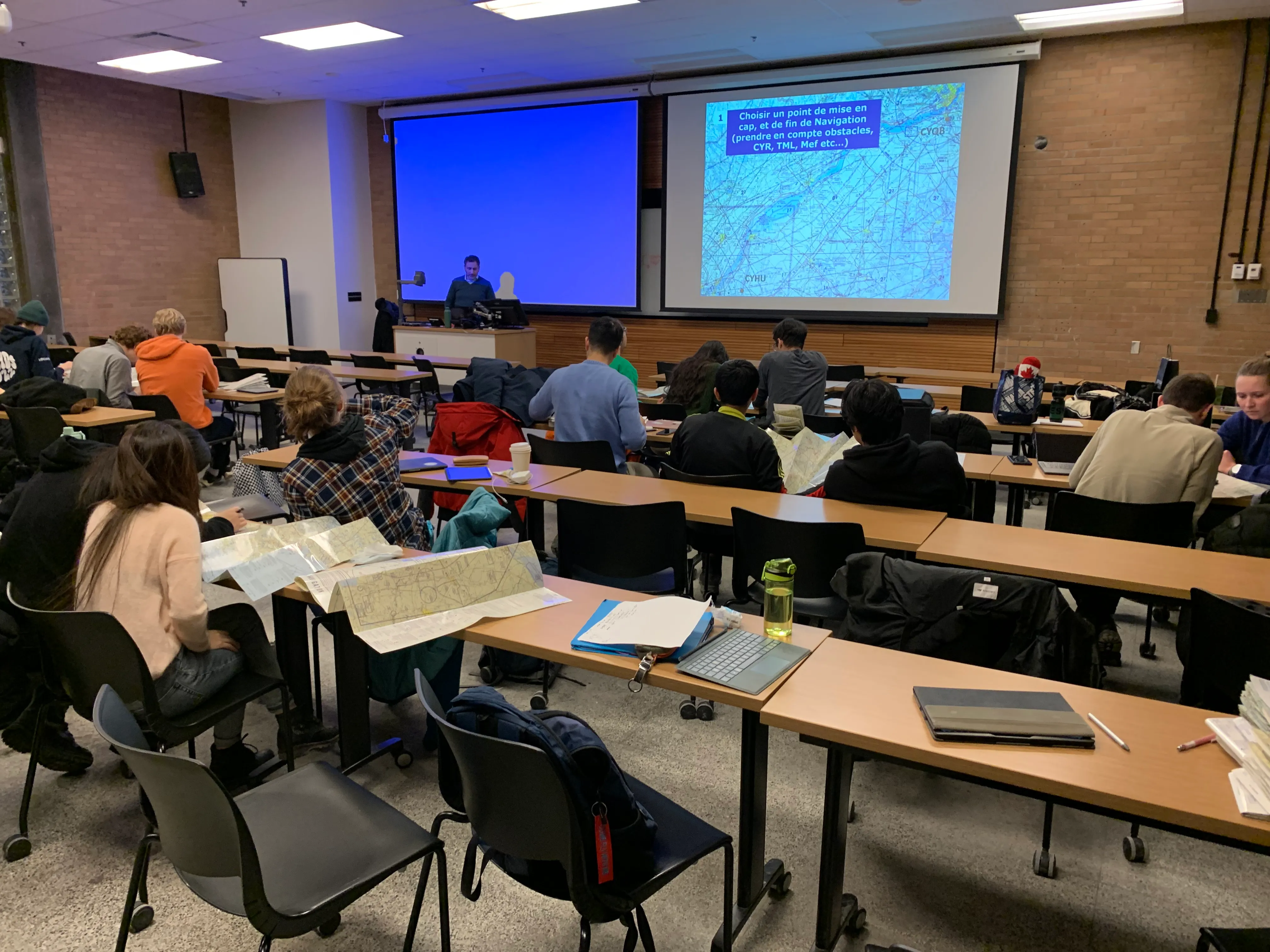



Whether you dream of piloting an aircraft or experiencing the thrill of skydiving, our club offers a clear pathway to take flight. Our programs combine structured ground school, hands-on flight training, and expert instruction in partnership with leading flight schools and skydiving centers. From your first lesson to advanced ratings, we guide you every step of the way. Explore the flowchart below to discover your ideal training journey!
In Canada, pilot licensing follows a structured progression with different levels to suit various aviation goals. The McGill Flying Club's flowchart explains this pathway, starting with the Private Pilot License (PPL) which allows you to fly solo or carry passengers. For those aiming for a professional flying career, the next step is the Commercial Pilot License (CPL). Pilots can then add advanced qualifications like the Instrument Rating (INRAT) for flying in poor visibility, the Multi-Engine Rating for operating complex aircraft, and the Instructor's Rating (AIRAF/AIRAT) to teach new pilots. Each license level requires both classroom learning and practical flight training. The flowchart provides a clear visual guide to help you understand and plan your aviation training journey from beginner to advanced levels.
To earn your Private Pilot License (PPL), you'll need to complete both theoretical and practical components. Transport Canada requires 45 hours of ground school instruction covering aviation theory, regulations, and navigation, plus 45 hours of flight training including dual instruction with a certified flight instructor and solo flight time. This comprehensive approach ensures you develop both the knowledge and skills needed to safely operate an aircraft.
Ground school is the theoretical/classroom component of your flight training. You must complete both ground school and practical flying to earn your license; much like a written and road test for a driver's license. Your first ground school will likely be for the PPL, including prep for the Student Pilot Permit, PSTAR, and PPAER. Once you complete the materials and 5h of flight instruction time, you'll get a recommendation for the written exams.
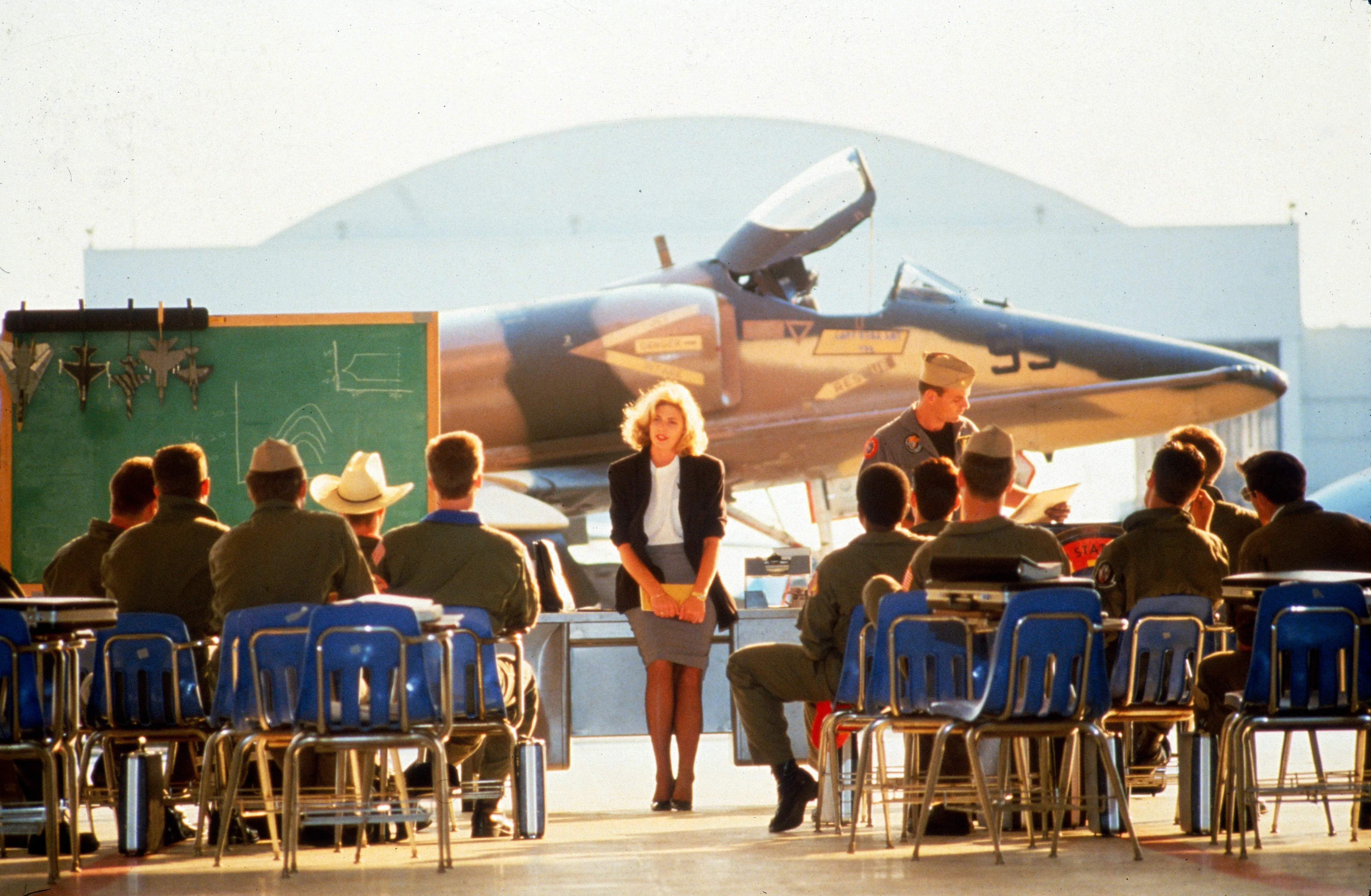
Since 2012, we have been offering in-person ground school courses at McGill University, providing aspiring aviators with a structured and immersive introduction to aviation. Designed for multiple license types, our program is taught in partnership with a local Flight Training Unit (FTU), giving students direct access to experienced flight instructors in a collaborative classroom environment. Held weekly for three hours in McGill classrooms, the course blends theory and practical insights at a heavily discounted student rate. Whether you're pursuing a career in aviation or simply passionate about flying, this is your opportunity to learn from industry professionals and take the first step toward the skies. Courses are held weekly at McGill, with schedules and durations varying by session. To stay updated on upcoming offerings and secure your spot, follow us on Instagram for the latest details. Space is limited due to the high demand.
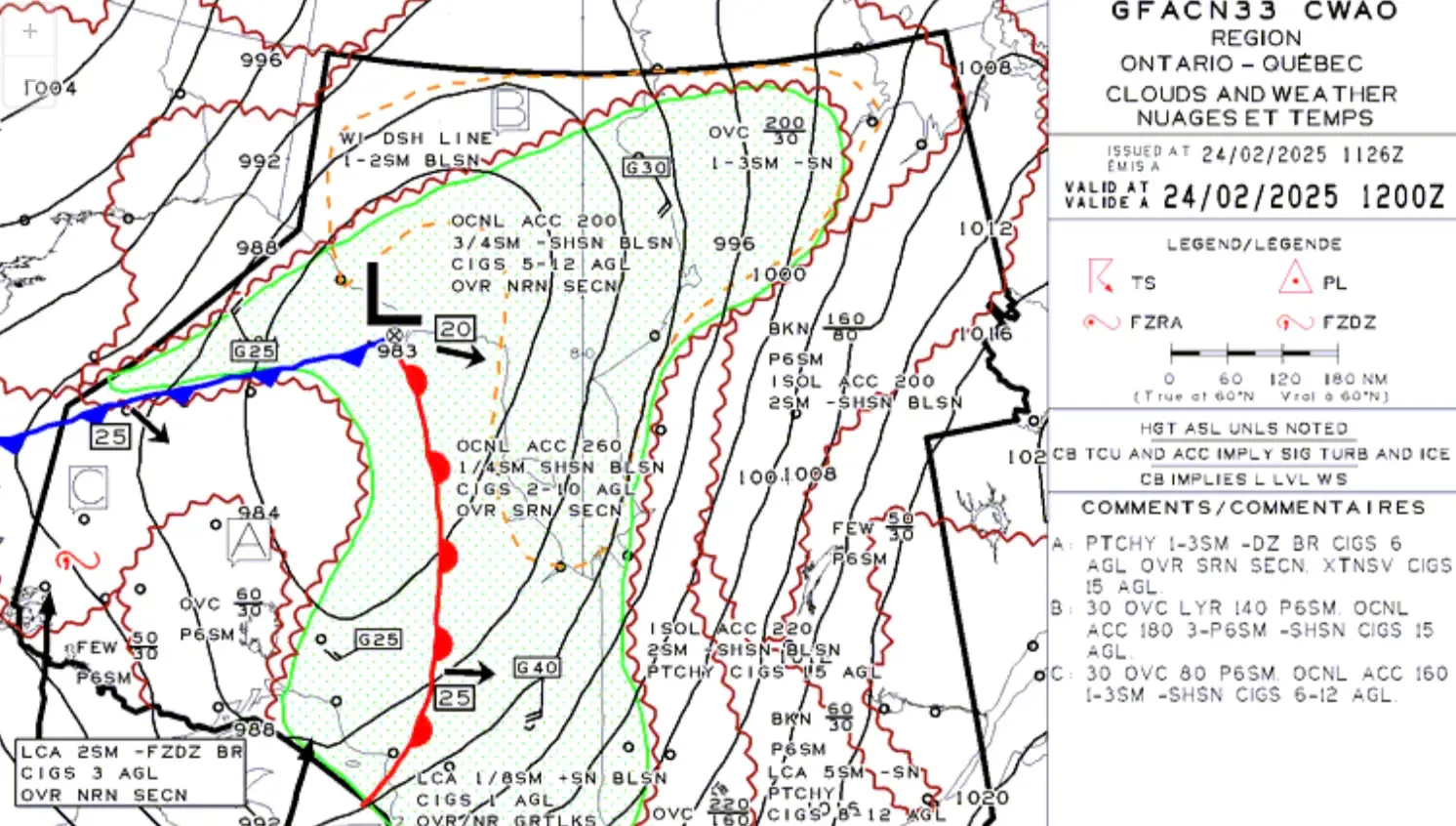
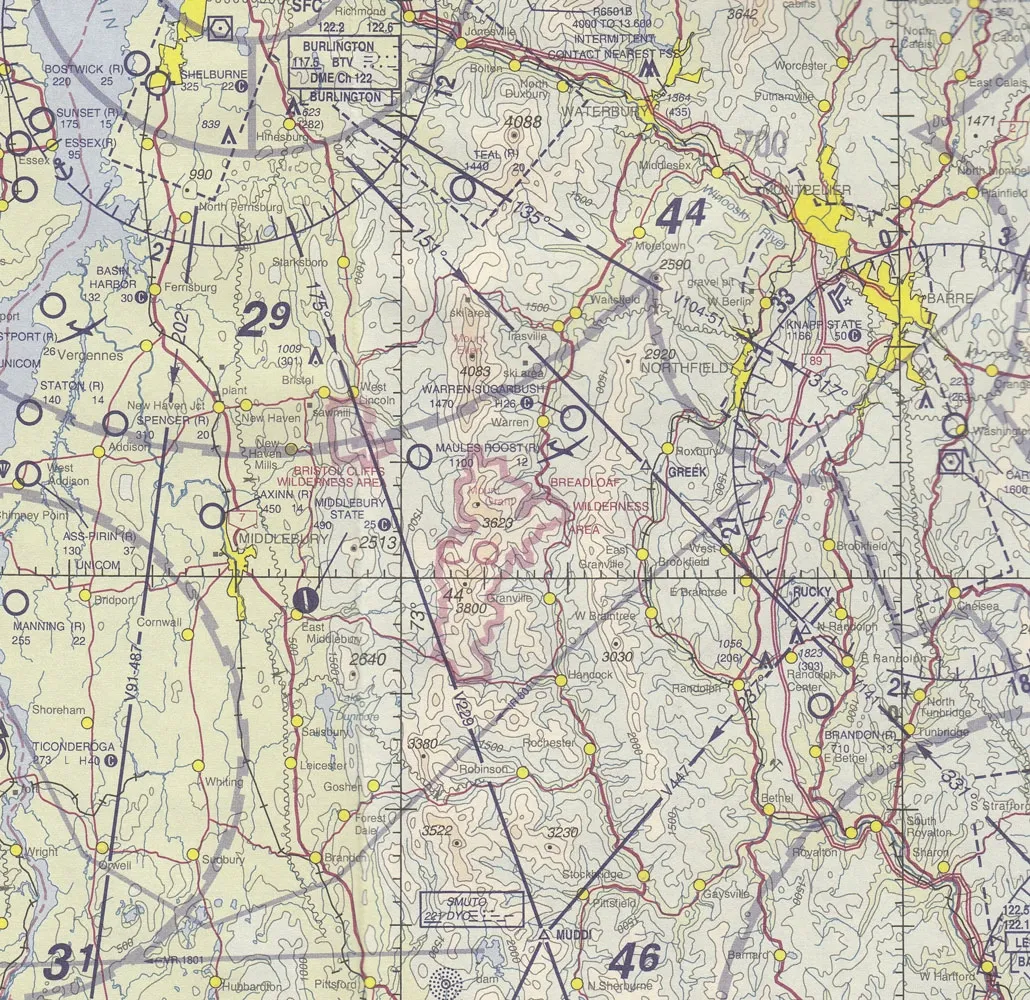
We partnered with Harv's Air to also provide discounted online training to all pilots. Our partnership with Harv's Air makes ground school flexible. Harv's Air's industry-leading virtual ground school prepares you for Transport Canada exams. Many of our execs have succeeded through this program for their PPL and for other qualifications.
We strive to keep costs as low as possible for our members. In-person ground school at McGill typically costs between $200 and $275, making it an affordable option for students. Please note that prices may vary depending on the course and year.
Flight training is the hands-on, practical component of becoming a pilot. While ground school teaches you the theory, flight training puts you in the cockpit where you learn to actually fly an aircraft. This includes learning aircraft controls, takeoffs and landings, navigation, emergency procedures, and developing the skills and confidence needed to safely operate an aircraft. Flight training is conducted with certified flight instructors in real aircraft, providing you with the practical experience required to earn your pilot license.
Canadian Law dictates a minimum of 45 hours of flight training. On average, students require 30 hours of dual flight, and 15 hours of solo flight. You will have to carry out a cross country flight with your instructor, as well as 5 hours of instrument training. Part of your solo training will include 5 hours of cross-country flight, flying in a triangle of at least 150 nautical miles, plus 2 full-stop landings.
You must pass the Transport Canada Theory exam with a grade of at least 60%. Also note that the theory exam is broken into 4 categories, and you must obtain at least 60% in each one in order to pass. For example, you can't get 0 in one section, perfect in all the others, and claim victory, given a 75% average. The four sections of the exam will cover General Knowledge, Air Law, Navigation, and Weather. Then, you need to pass a practical exam with a Transport Canada representative, by getting a mark of at least 60%.
This licence permits you to be the Pilot In Command (PIC) of any single engine aircraft while in VFR day conditions. You may carry passengers, share expenses, fly abroad, and possibly go get a high performance aircraft rating.
The Private Pilot License allows its holder to fly as pilot or co-pilot of an airplane for personal purposes. This is the most commonly held license in Canada and is the first one earned by the aspiring professional pilot.
Only day flying of a single engine non-high-performance airplane in accordance with Visual Flying Rules (VFR) is allowed with the PPL, unless other ratings have been earned. Although a pilot with this license cannot work for hire, reimbursement for some costs is permitted.
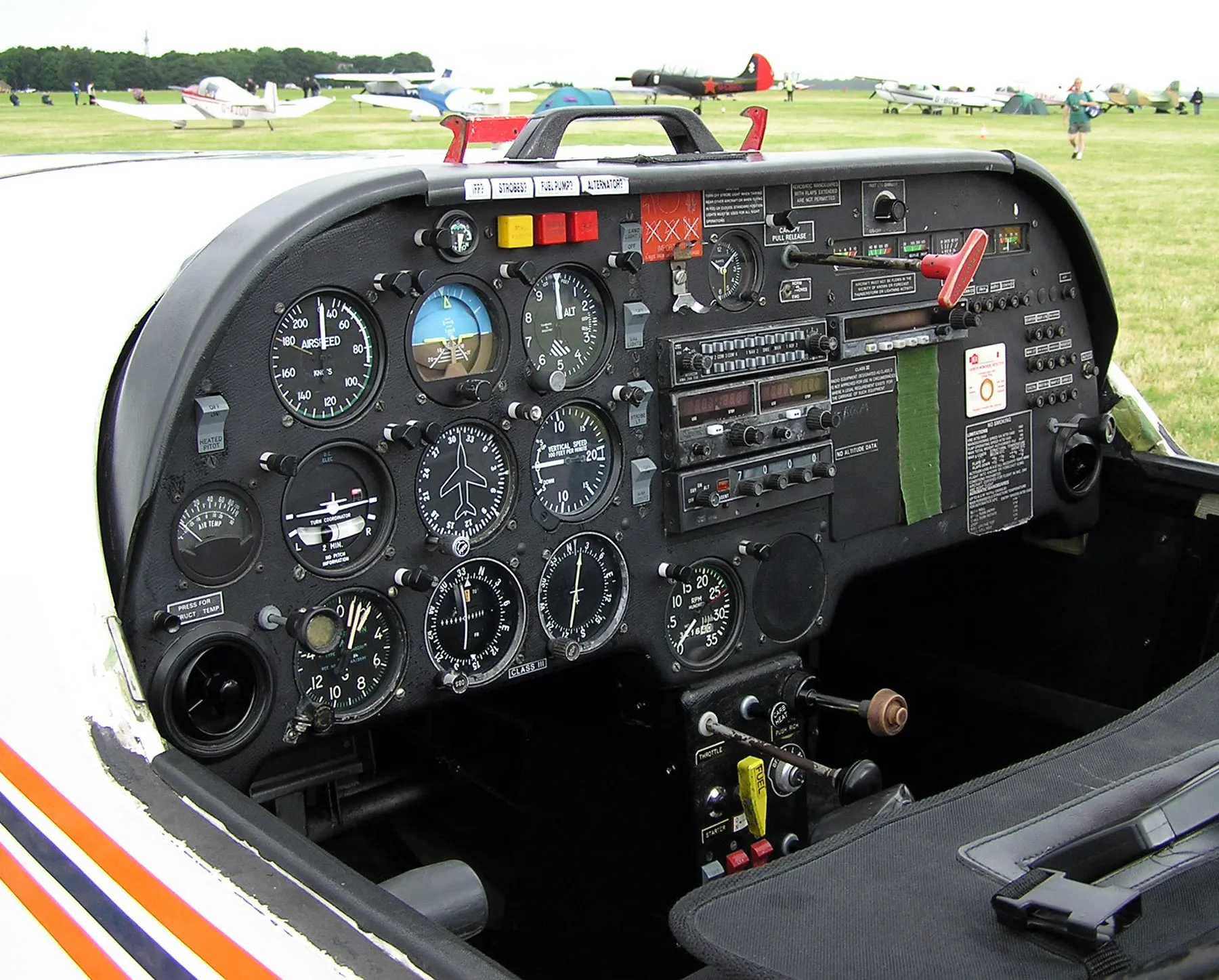
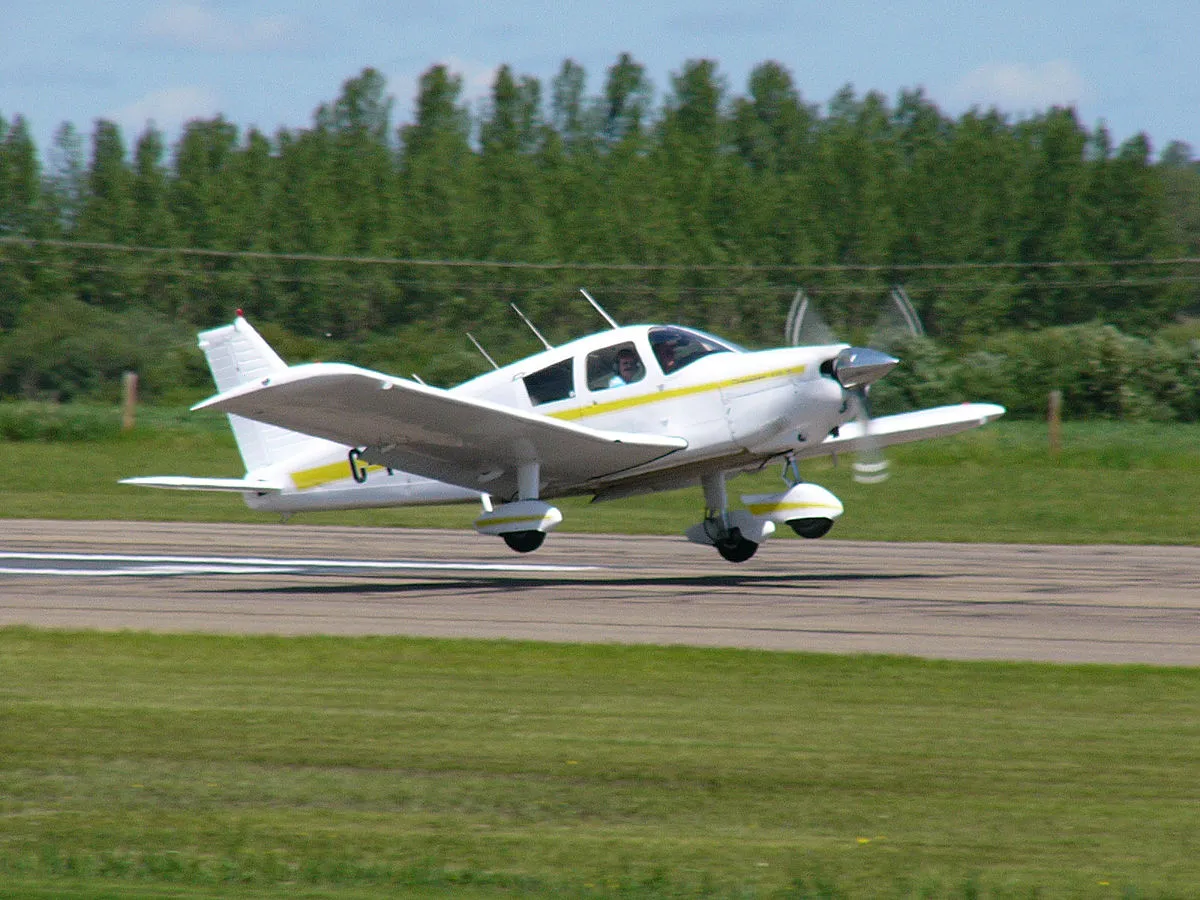
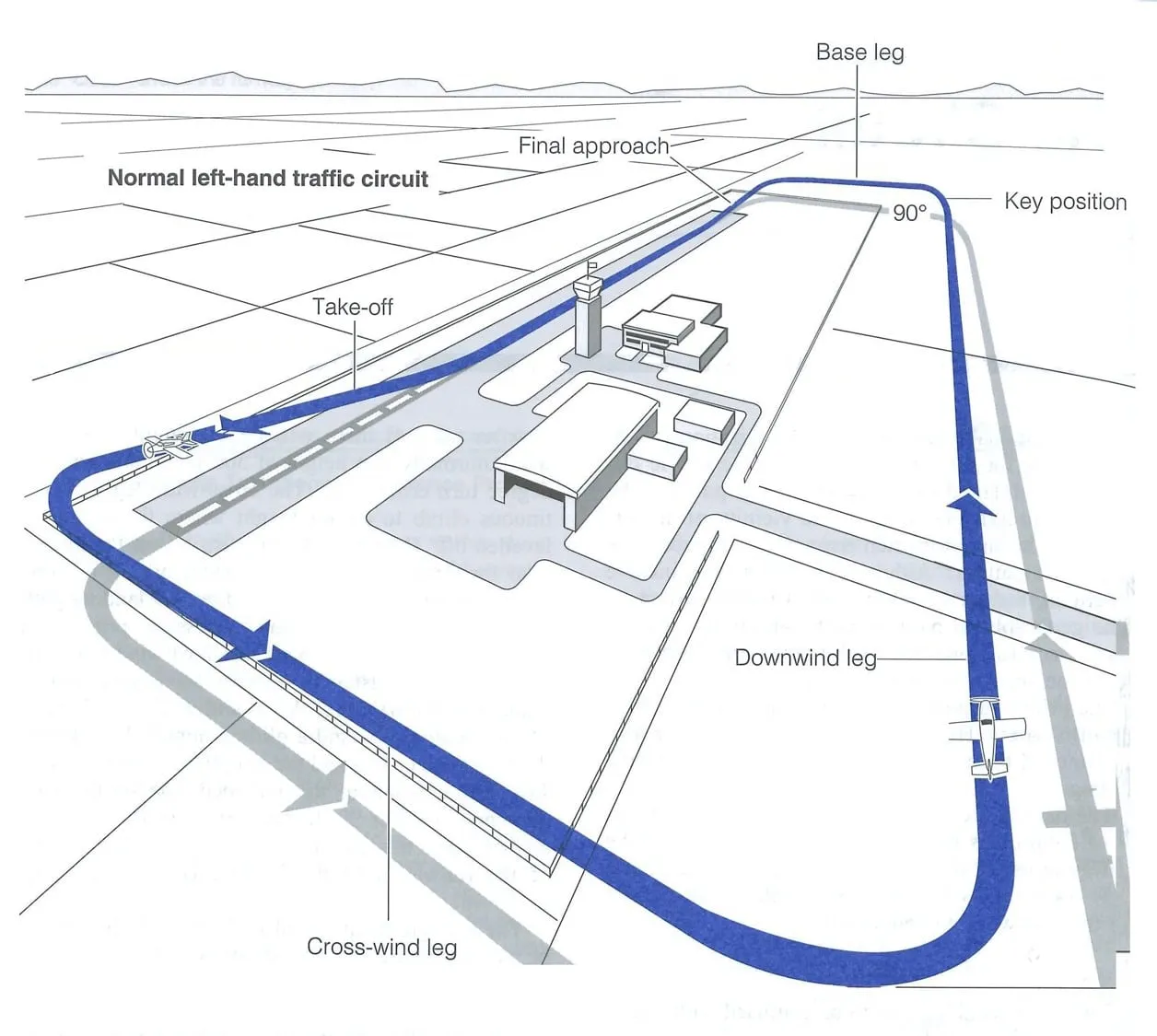
Check out Pedro's channel, he has lots of valuable tips and tricks for flight school!
Our skydiving training is offered in partnership with Voltige, a leading parachuting school in Quebec. The main pathway to becoming a licensed skydiver is the PAC (Progression Assistée en Chute Libre) program, which is designed to take you from your first jump to solo freefall.
Pre-exam: Before starting, you must pass a short test covering both physical and intellectual skills needed for skydiving. After registration and your first payment, you’ll receive a detailed study manual to help you prepare.
The program normally costs around 2600$ and includes your first pair of jump goggles, the course manual, and a logbook. Training sessions are offered on select dates throughout the season.
For more information, visit Voltige’s website or contact their customer service. The PAC program is the best way to become an independent skydiver and join the global skydiving community!
After earning your initial solo certificate (Brevet Solo), you can continue to advance through higher license levels as you gain experience and skills. The Brevet A (A License) is the first full international skydiving license, allowing you to jump with others and at dropzones worldwide. The B license (minimum 50 jumps) demonstrates further proficiency, including group jumps and canopy piloting. The C license (minimum 200 jumps) allows for instructor training and more advanced maneuvers. The highest, the D license (minimum 500 jumps), is reserved for highly experienced skydivers and grants all instructional privileges and the ability to participate in the most advanced skydiving activities. Each level opens up new opportunities and challenges, encouraging lifelong learning and progression in the sport.
Check out Catherine's channel, she has lots of valuable tips and tricks for skydiving!